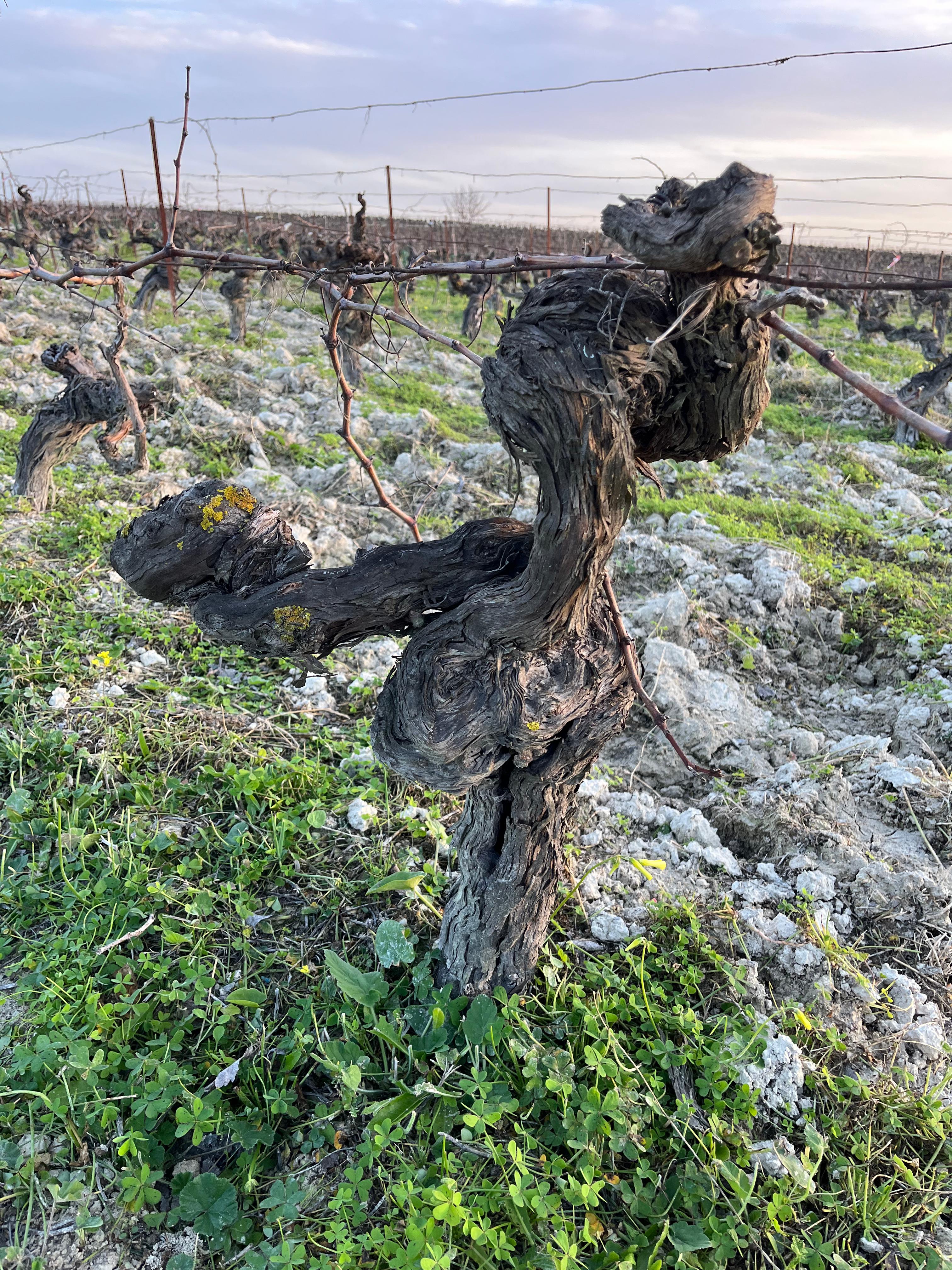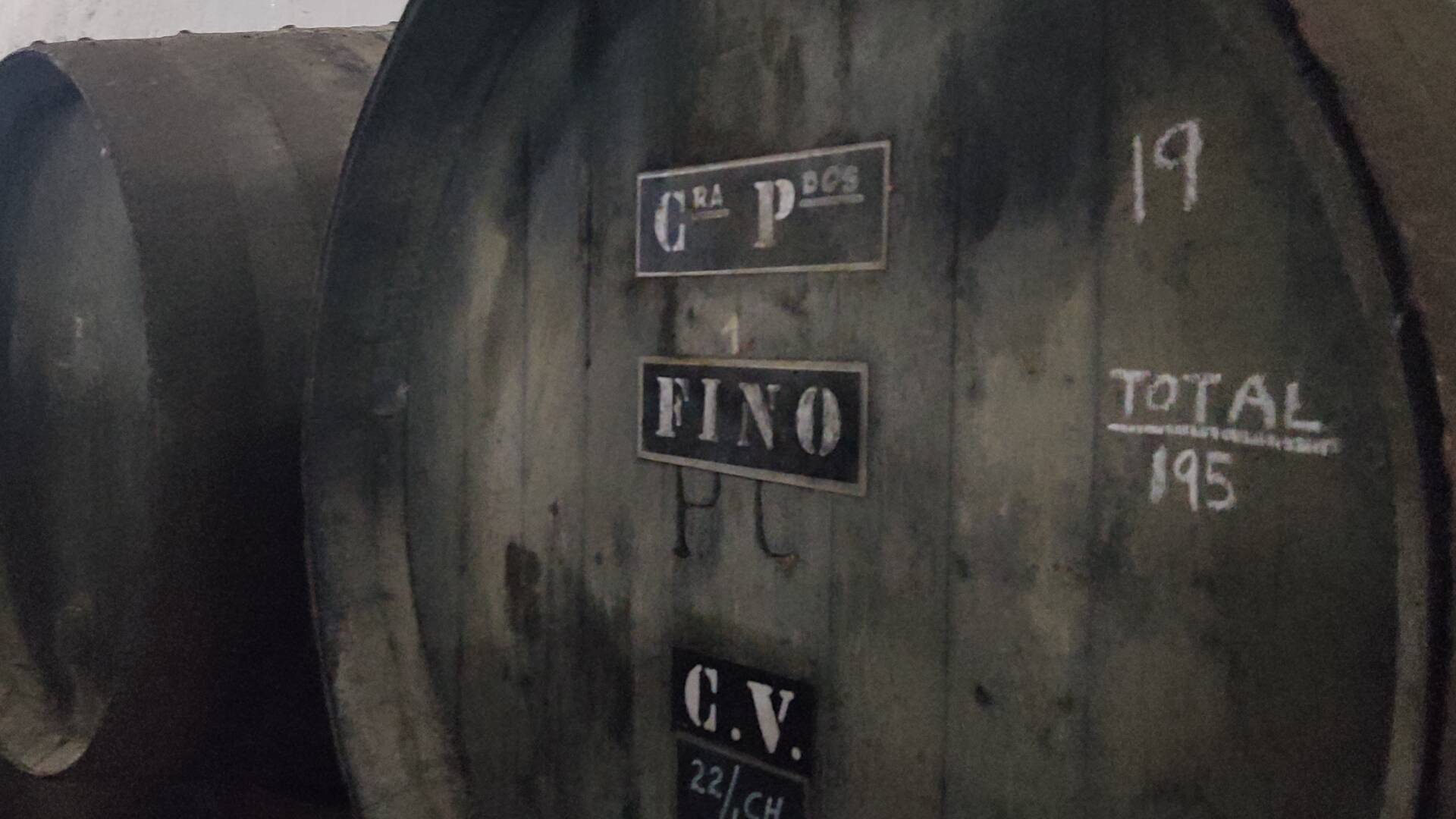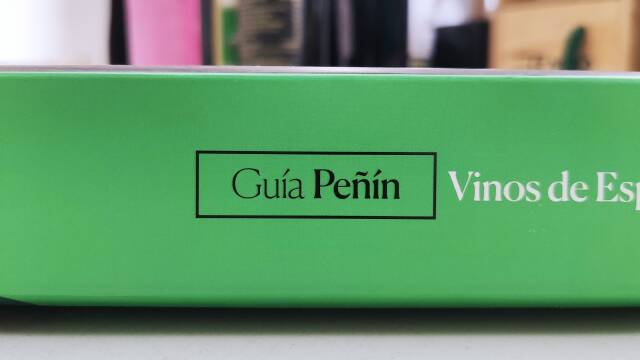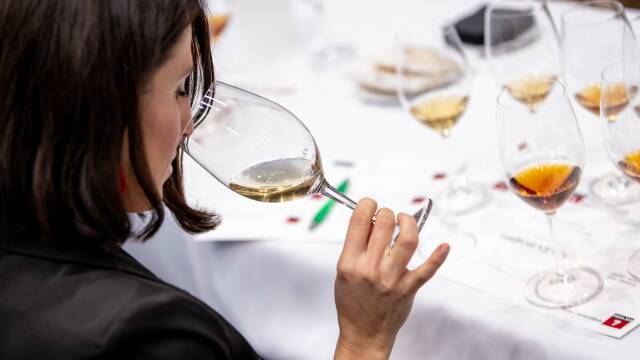We always have defended the importance and determination of the method in the wines of the Marco. Traditional winemaking methods, an immense and fascinating cultural legacy, which indelibly marks the style of the wines of this corner of Spain. However, it is not the only modelling factor. Soils are also an important part, and their imprint is increasingly noticeable in those wines in which the method and the nuances it provides are not abused. This is where a wine taster can see more clearly the influence of the soil and its multiple typologies, through more grainy, enveloping, vertical or horizontal textures. However, it is essential that the method is controlled in such a way that it does not blur this vision, which is there, although sometimes we cannot see it.
We are talking about dynamic ageing, blends of vintages, biological and oxidative ageing, which pass through the sieve of the barrel scale to find a "homogeneous" product in terms of the house style, and as big as itself in terms of its capacity to speak to us about time.
Its success is based on the dialogue that the wine maintains with time, in an everlasting, expressive and very complex relationship.
This is how we witness how the solera that is bottled every year by a certain winery, and which is regularly fed, shines again with its own light in each new tasting of the Peñín Guide. What will be the limit of these wines?

 Log in
Log in









